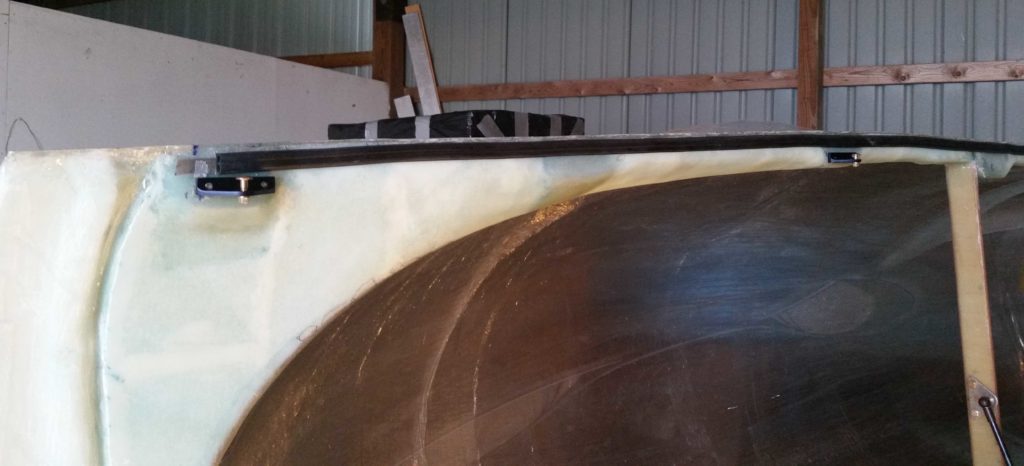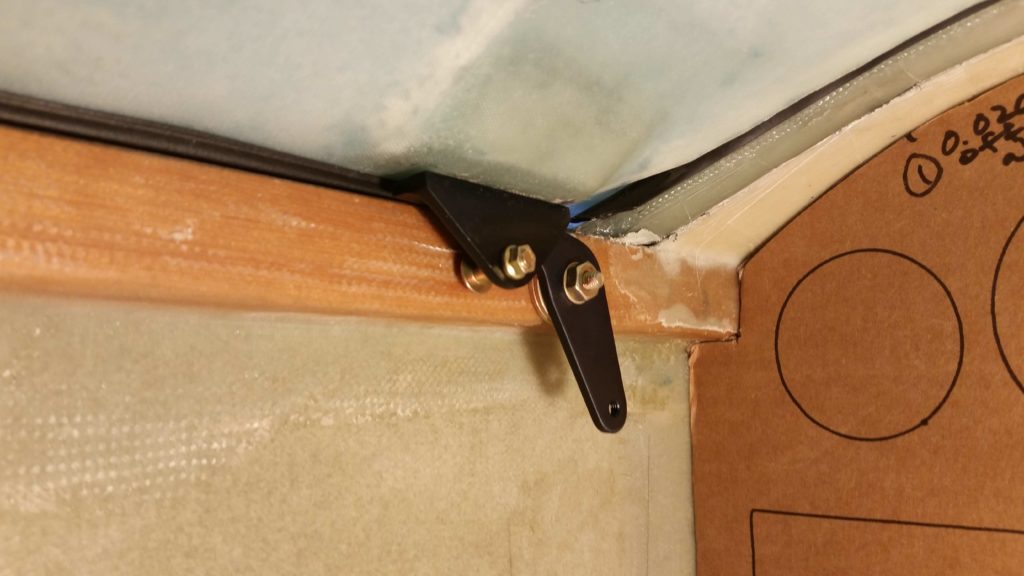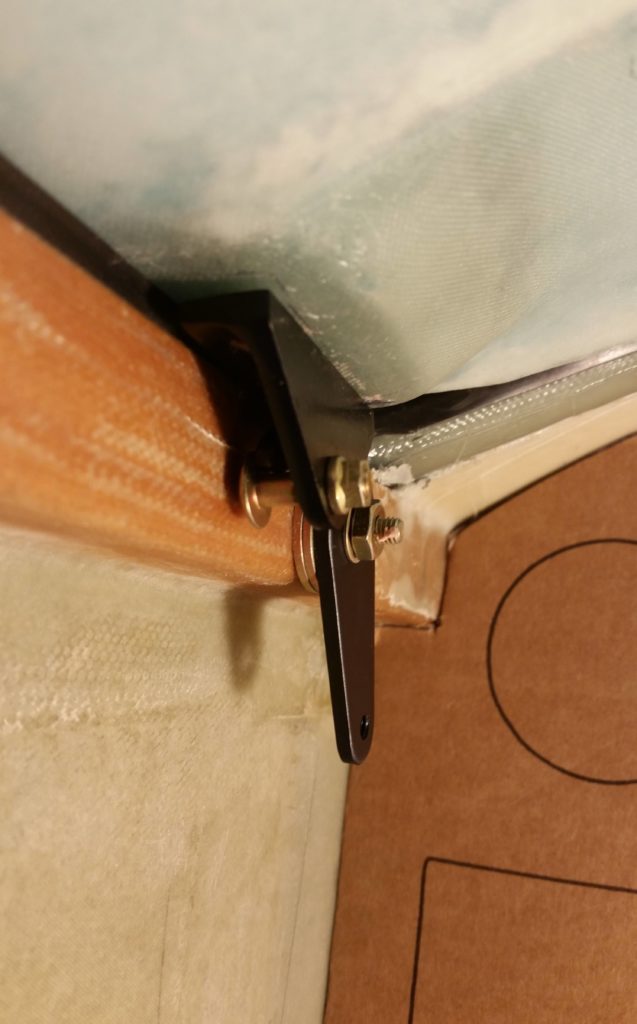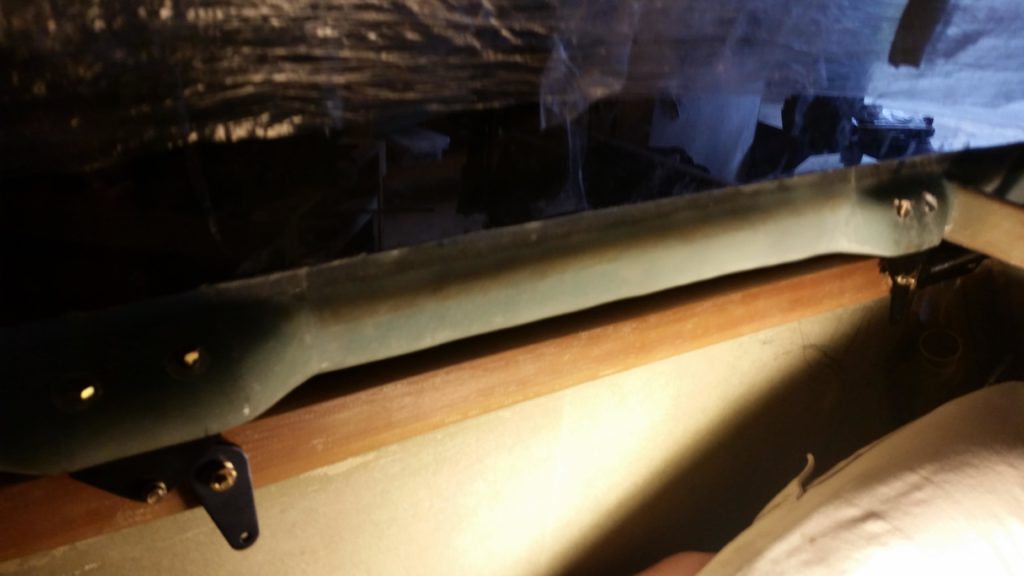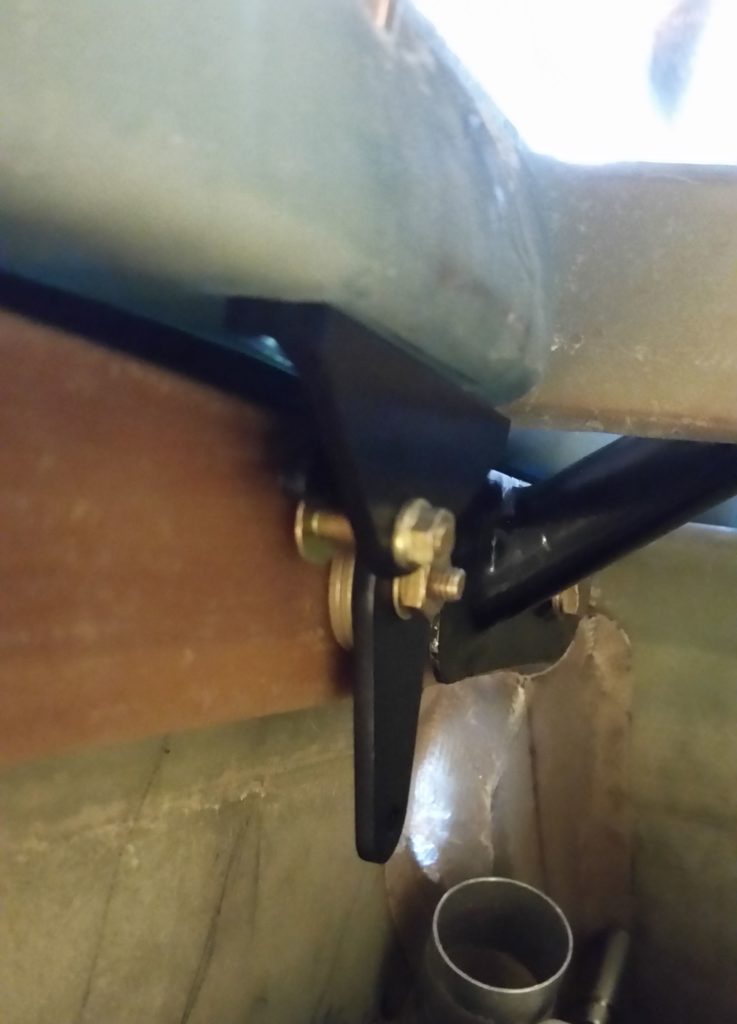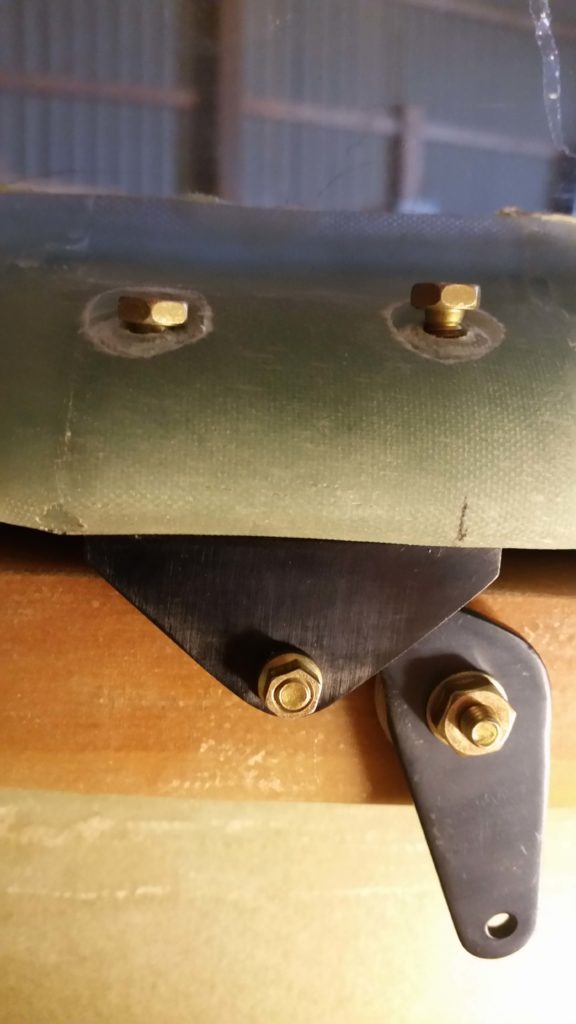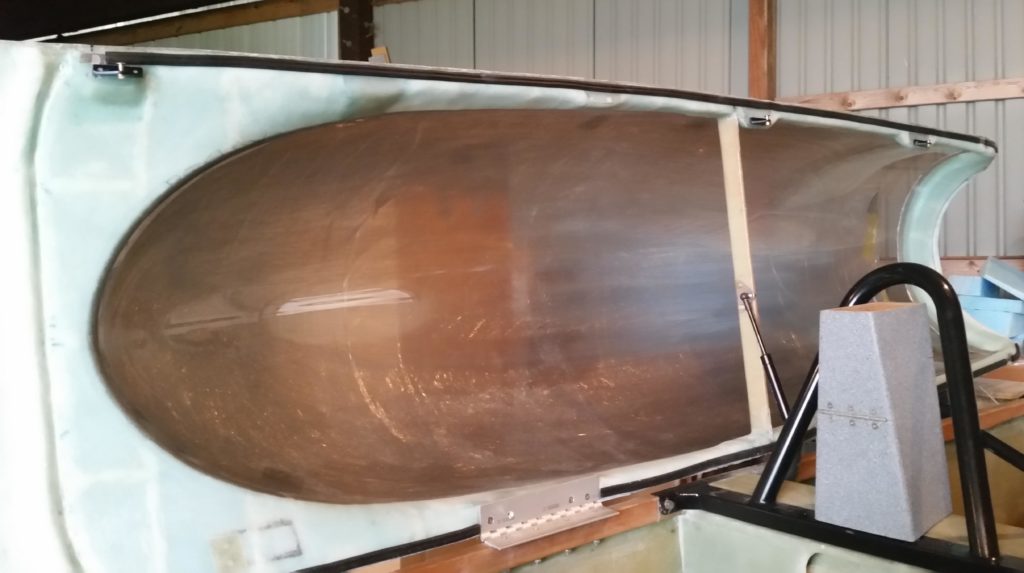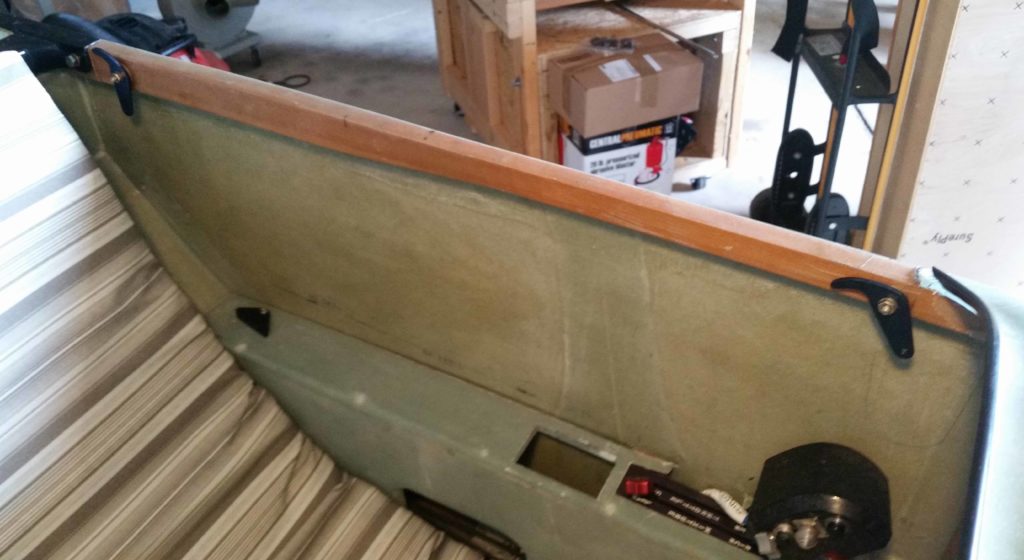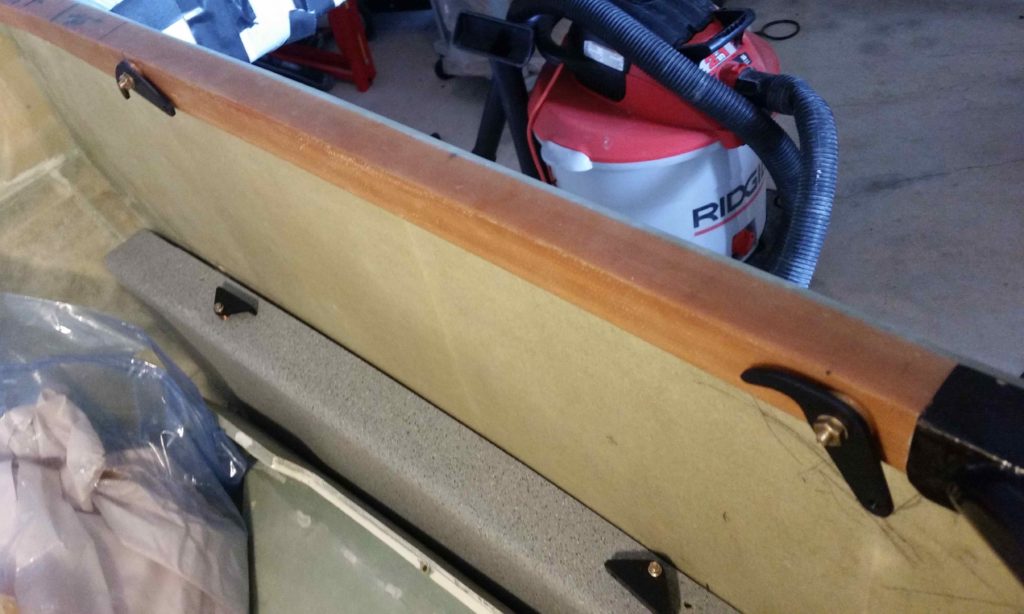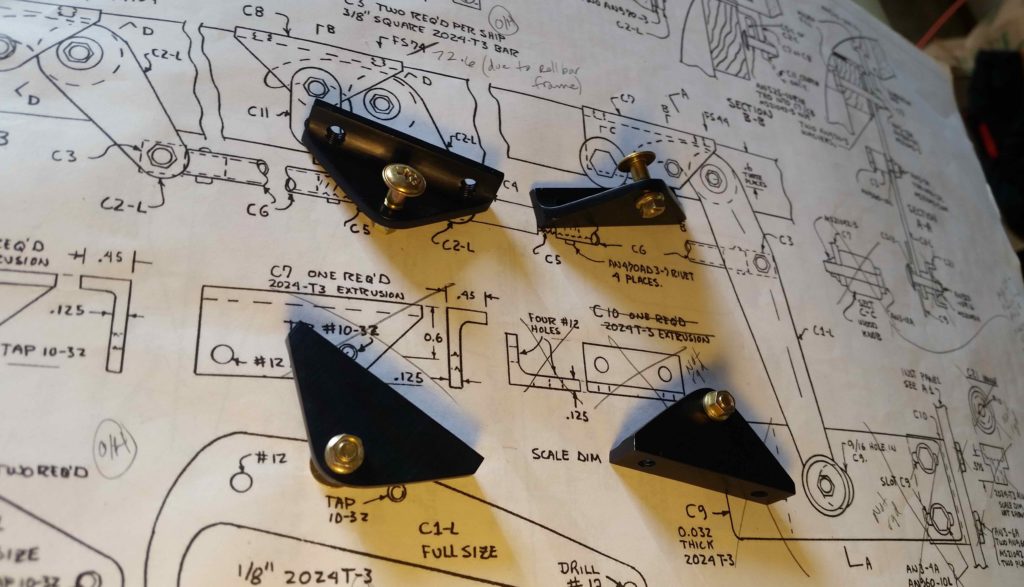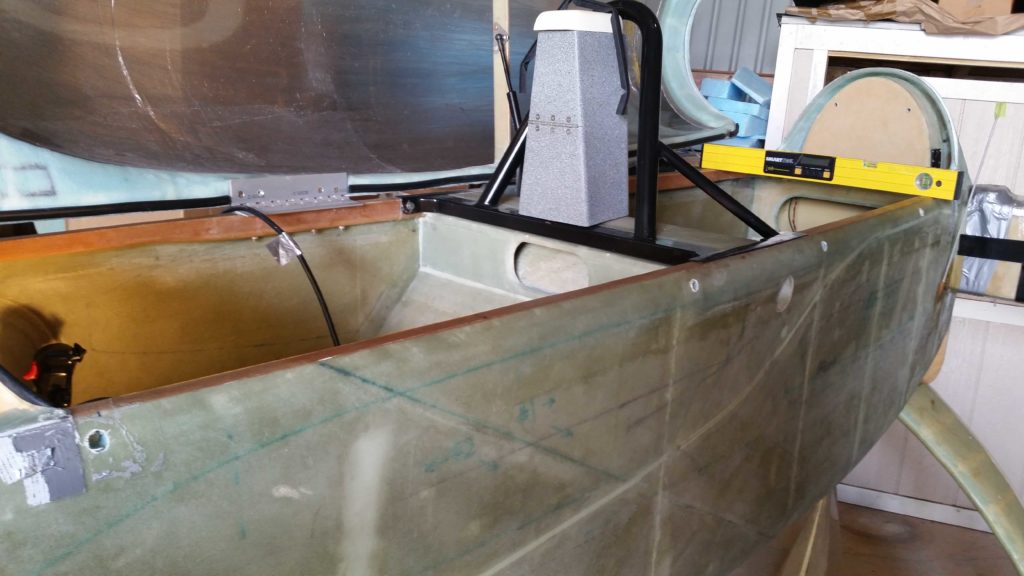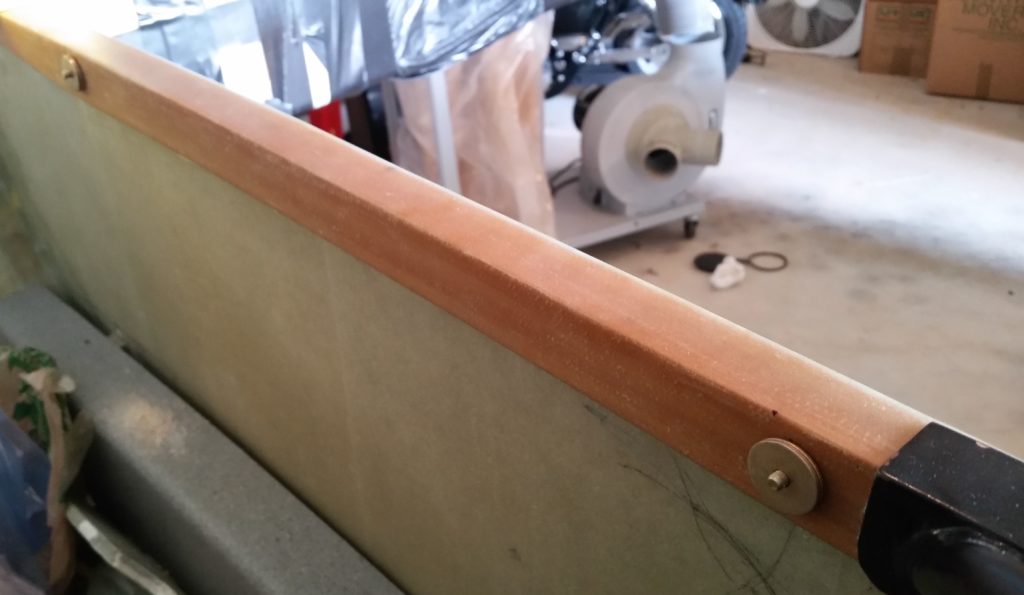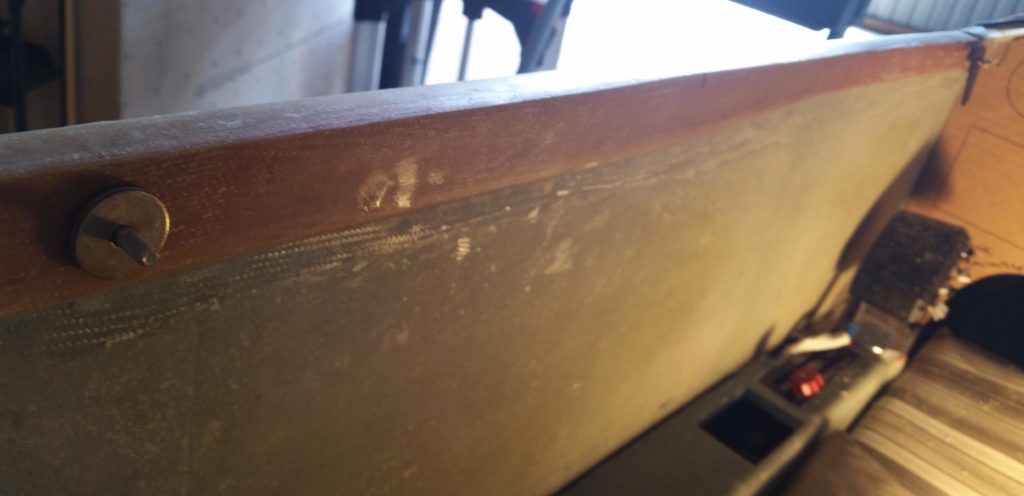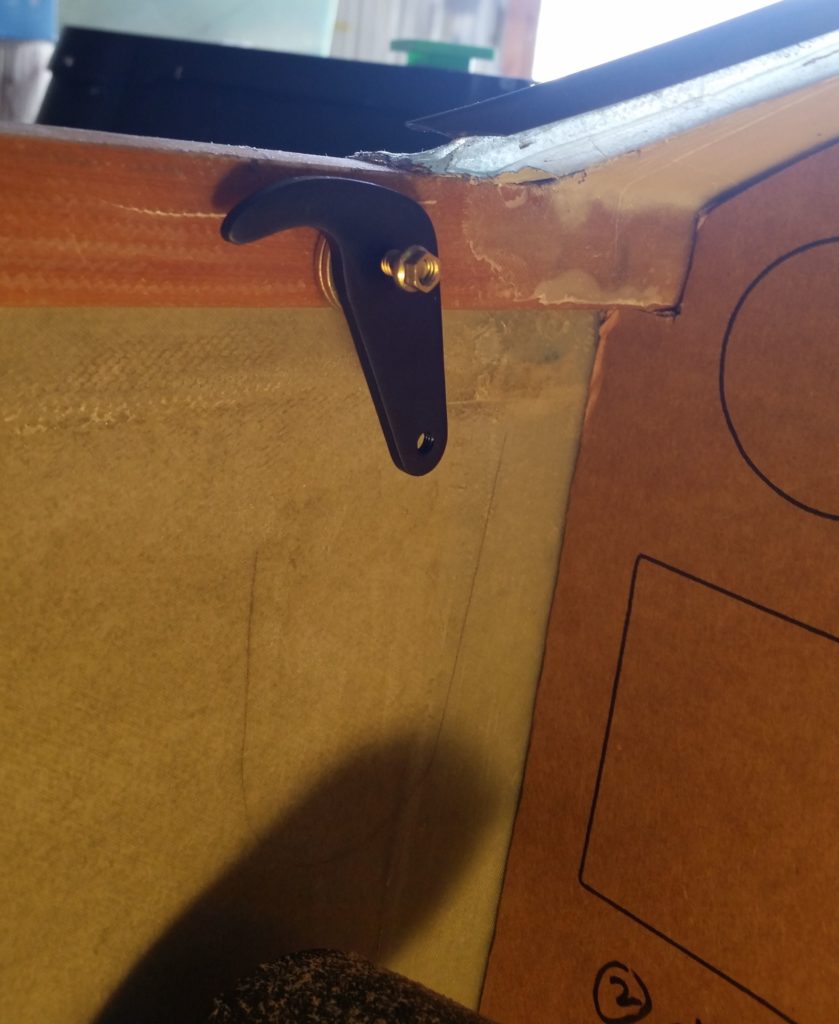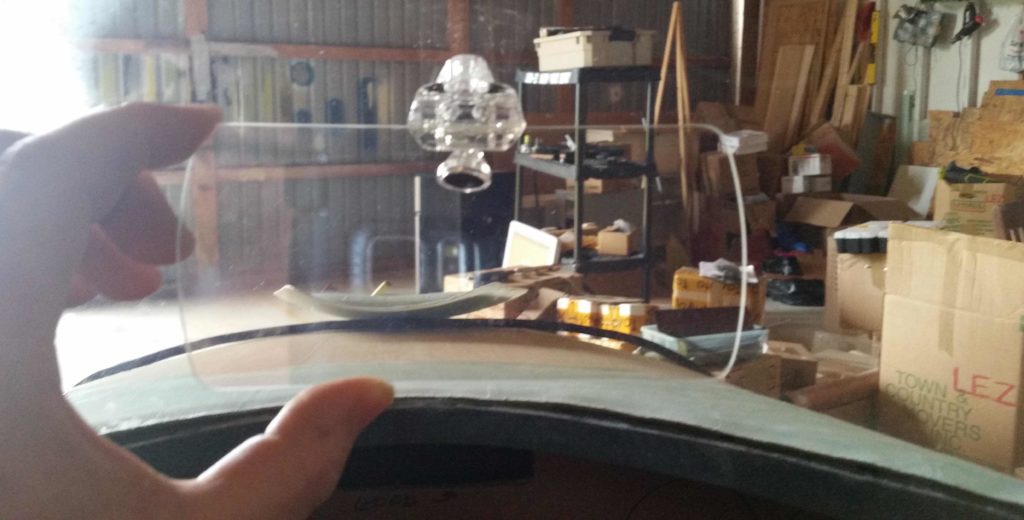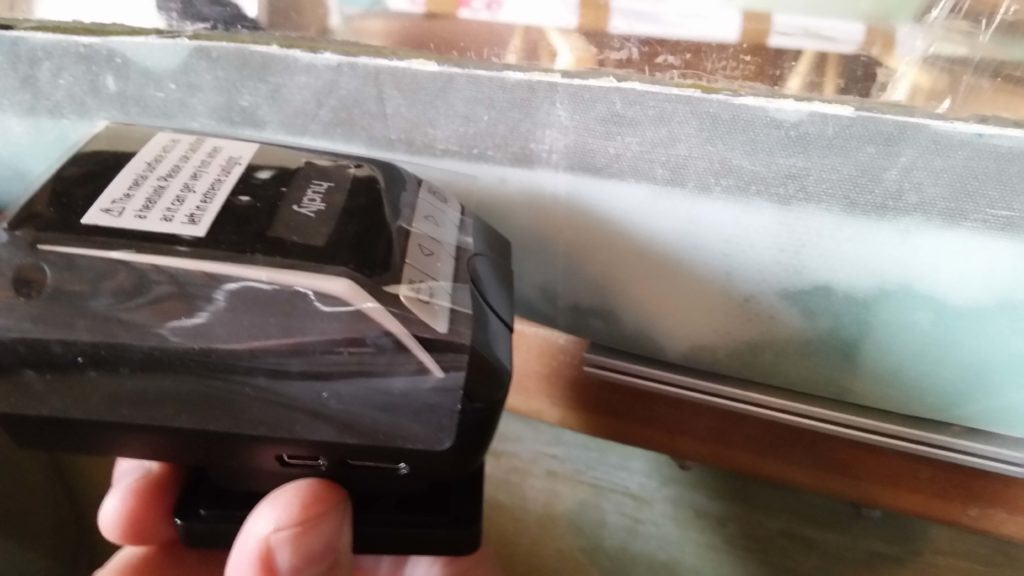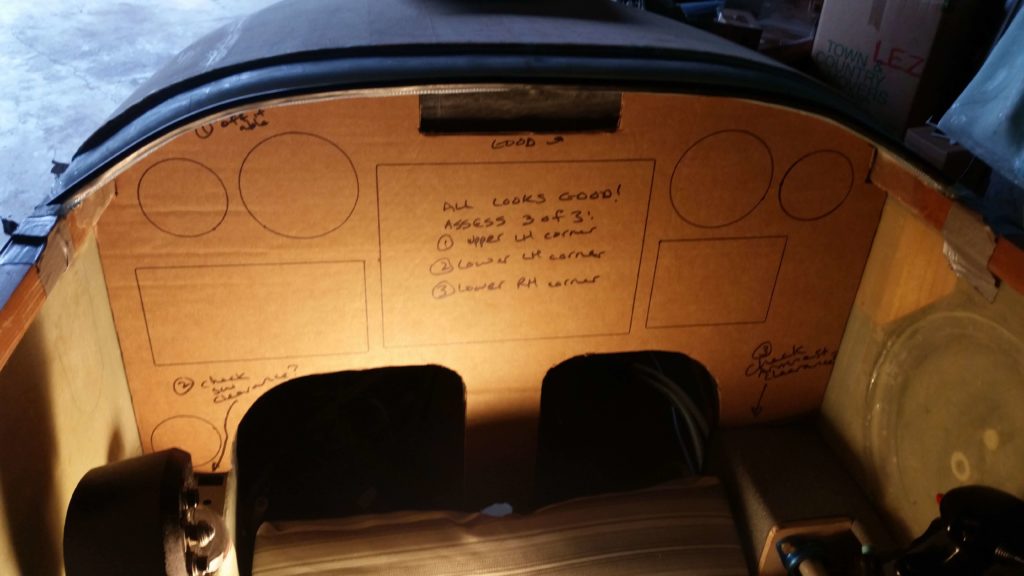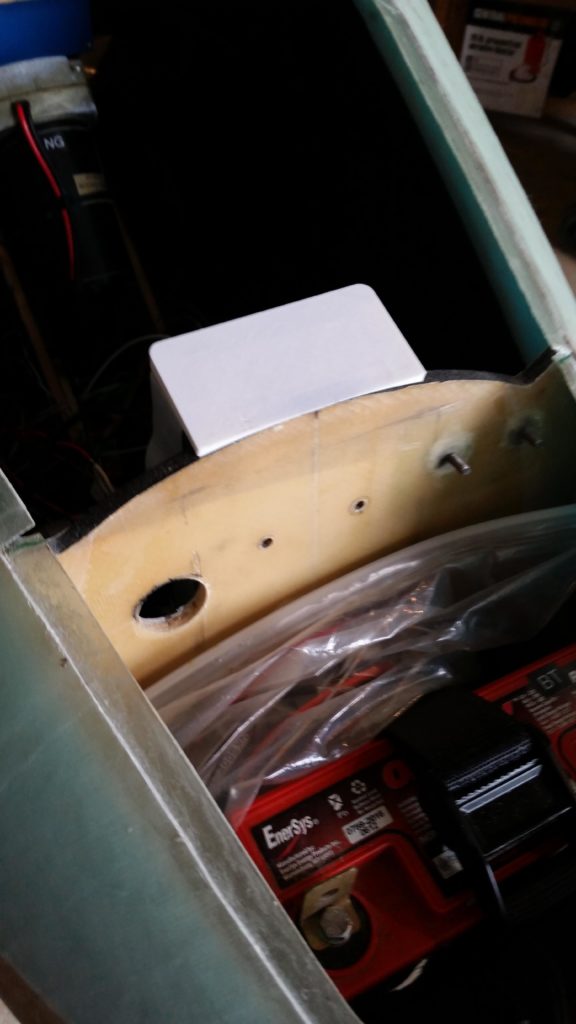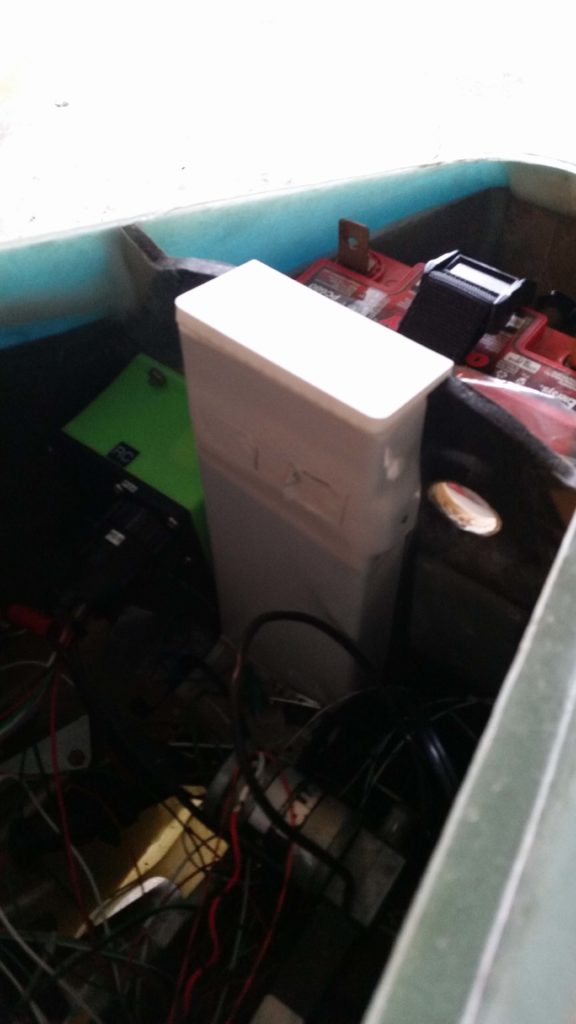I was quite tired from this last trip so I decided to “take the day off” today, take it a bit EZ and do some CAD work.
I started off by updating my Warning Annunciation Sub-panel to bring the face of it further out from the panel. I then 3D printed the new version 4.
To show you the design machinations, here’s a shot of all 4 variants so far. As you’ll see later below, I’m now on version 5.
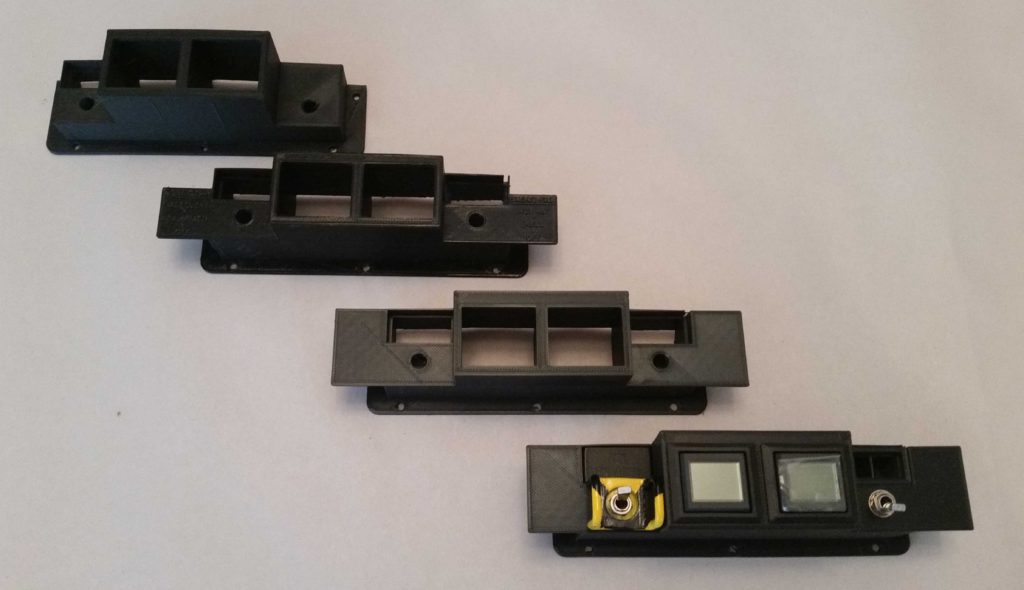
The reason for this new added sub-panel depth was that I checked the visibility of the warning sub-panel while I was sitting in the cockpit with the canopy closed (probably a good thing to check eh? …. actual flight configuration?!) and realized that the top edges of the AG6s were obscured from the canopy skirt and the angle that I view it from. Also the top 2/3rds of the embedded Korry indicator lights were obscured as well.
So I added 0.3″ to the back side of the sub-panel to bring it out to the very edge of the glare shield so I could see it fully with the canopy closed. Now only less than the top 1/3 of the Korry indicator lights will be obscured while the AG6s will be fully visible.
Here’s a top-down view showing the depth difference between version 3 and version 4.
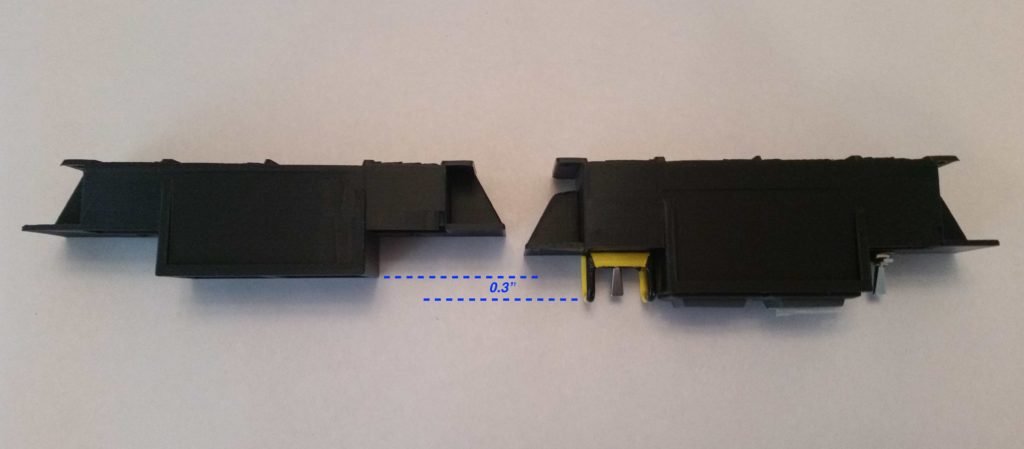
While Subpanel version 4 was busy in its nearly 7 hour 3D printout, I updated the panel with a ton of minor tweaks.
- Shaved 0.040″ off each side edge so panel won’t cut into sidewall from vibrations.
- Notched the upper right corner at underside of longeron — for cable routing.
- Moved the ALT Static switch to the upper RH corner (not sure if I’ll leave it there).
- Moved RAM air & oil cooler louver adjust rockers to left of fuel pump switch (LLHS).
- Re-situated the 4 top row CAMLOCs for the Aft Nose Cover mounting
- Re-situated the 2 top panel screws.
- Lopped off bottom center strut leaving just a hint of the curve for aligninment.
- Added 2x 1/4″ holes to mount modified diamond RAM ball mount for my iPad Mini (via moving the RAM air and oil cooler rockers from the lower center strut to LHS).
- 1/4″ RAM mount bolts will also serve as panel mount bolts on lower center strut.
- Moved on/off indicator lights dimmer to account for the warning sub-panel width.
- Moved gear/canopy warning LEDs to account for the warning sub-panel width.
- Verified distance between Circuit Breakers and right armrest top.
One last task left to do is to shave about 0.020″ off the upper LH “corner”… something that with all my changes this curve mod will be a bit trickier to accomplish.
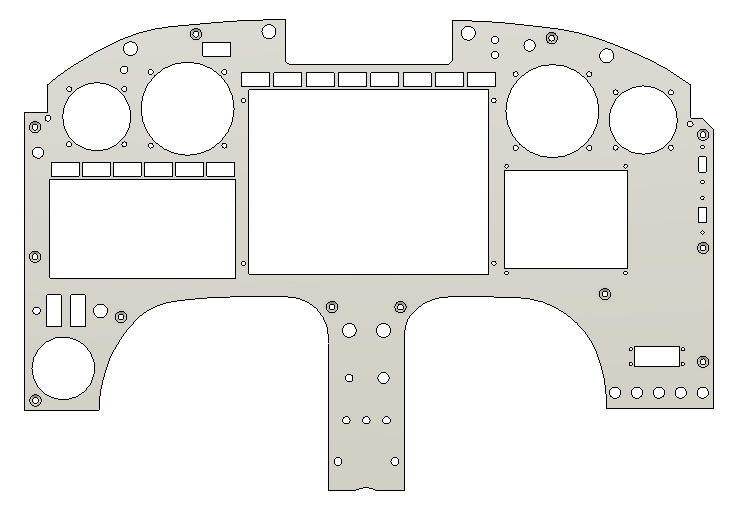
I also moved the panel’s Push-to-test button for the on/off indicator lights to mount on the right side of the Warning Annunciator Sub-panel in order to get that small push button off of the panel and out of the way [it’s a pain to mount because it’s so small you have to dig out a bunch of original panel to get it mounted].
This of course resulted in Version 5 of the Warning Annunciation Sub-panel… same as V4 except for the mounting plate I created on the right side for the Push-to-test button.
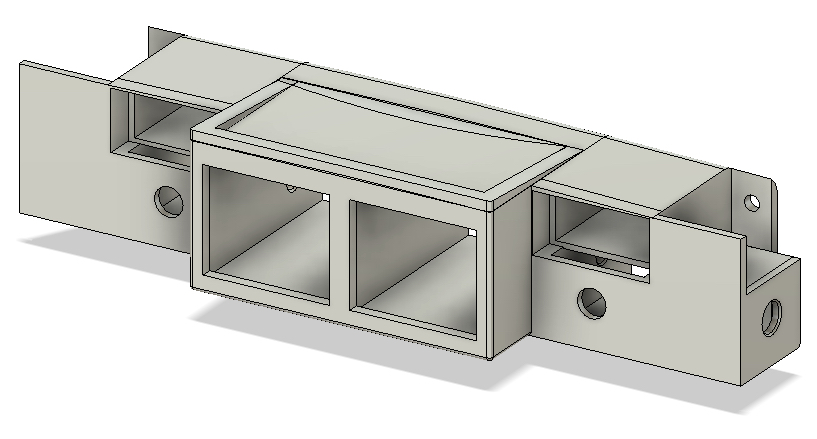
For my last hurrah of the evening, I took a solid Korry light mockup that Marco had drawn up in Fusion 360 and turned it into a hollow, functioning Korry light case and then 3D printed it (on the left):
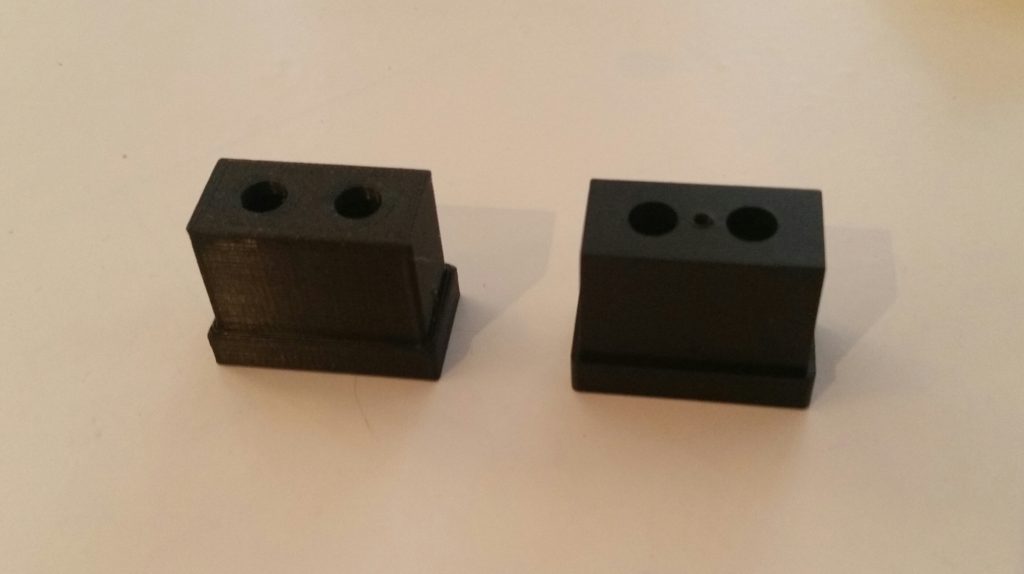
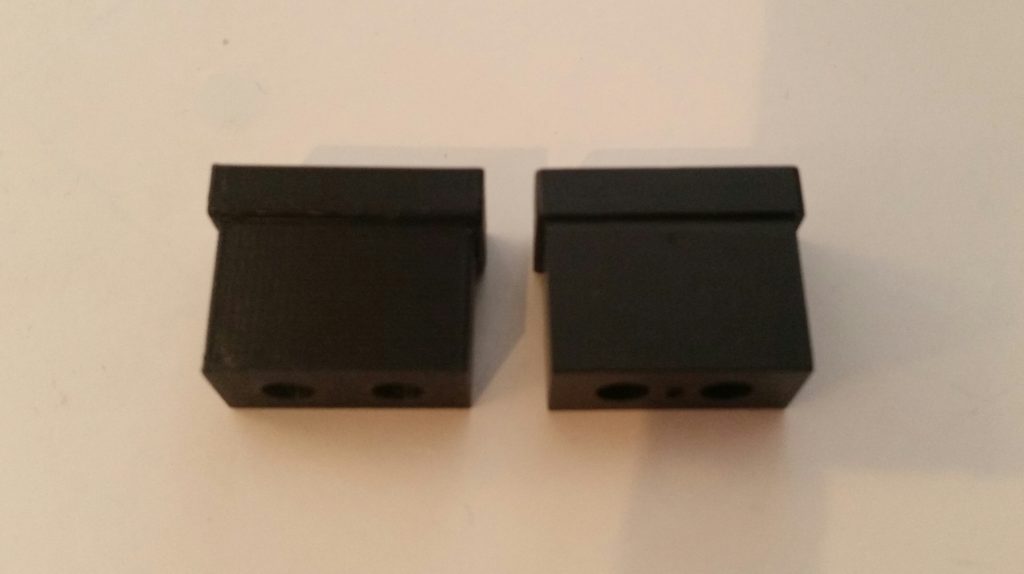
This will allow us to print these light cases in case we need one a spare. I’m also working on the lettered front plate process to be able to make a complete light unit to customize as required.
For the right side of the warning sub-panel I split the case (below left) in the interior to allow for two different colored annunciator lights to correspond with the two different states that my single switch will manipulate (B/U ALT & E-BUS PWR).
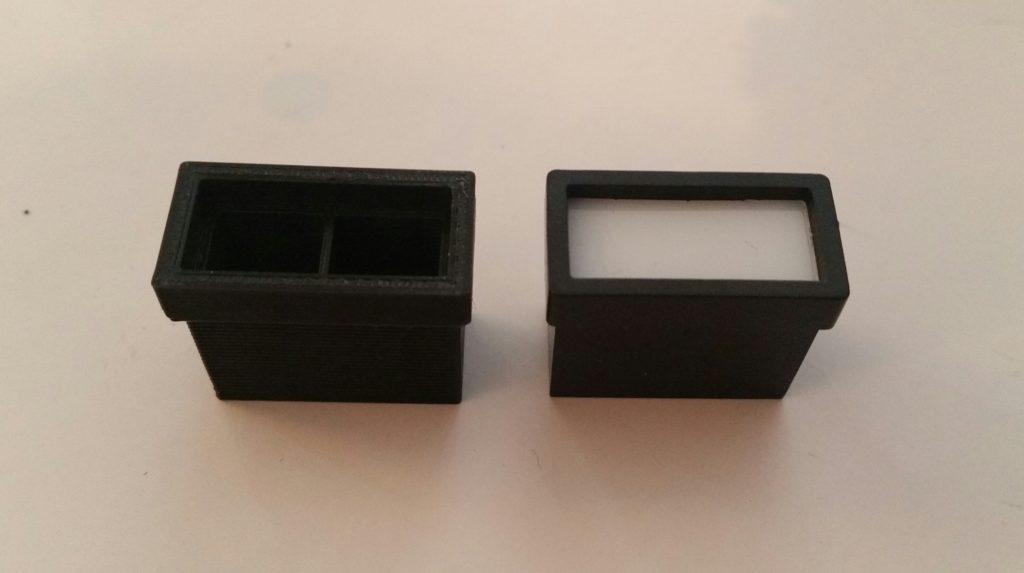
I’m very happy with how the panel stuff is coming along. Of course I would rather be flying this bird, but taking the opportunity when I’m not physically building to tweak it as I mentally armchair fly it should have it very close to its final & optimized configuration before first flight!

